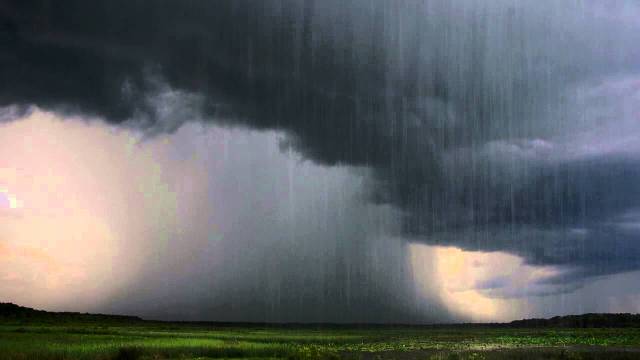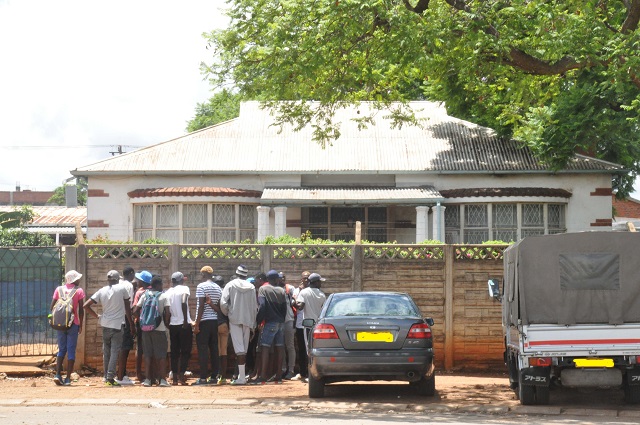EDITORIAL COMMENT: Be cautious this rainy season

The rainy season has begun and the nation is happy with a prospect of a good agricultural harvest after two successive failed seasons.
Most parts of the country have received decent rainfall over the past week or so and farmers are busy working the land. A good number of them have received inputs under the command agriculture initiative, thus are sufficiently supplied to start work.
However, the wet season comes with its own challenges which can endanger lives and property. There is a risk of flooding, there is a risk of lightning strikes and there is a risk of hailstorms. Already, one person has been killed by a lightning bolt and families were left without shelter in Umguza and Bulilima districts respectively. Also about 13 schools were destroyed by hailstorms in Bulilima and Mangwe districts in Matabeleland South.
While there has not been any flooding yet, there is always that risk that if the rains intensify cases might arise.
We therefore call on the Government, through the Civil Protection Unit, local leaderships and people themselves to ready themselves for possible disasters associated with this time of the year. There are short and long-term measures that all these stakeholders can put in place to minimise the economic and human cost of the inclement weather conditions. Some of the measures that can be taken have all to do with people changing their behaviours to ensure their safety and that of their properties.
Flash floods often occur in Tsholotsho, Muzarabani and the Save Valley, areas of the country which are generally low-lying, flat and have big river systems. Here is where the risk is greatest, but rivers and streams can burst their banks in other places as well.
We urge the Government to be always ready, through the CPU, to pick up people who might get marooned when floods occur. People in these areas must always apply their minds on the intensity of rains and be alert to take actions that can save them from injury, drowning or destruction of their property. This can entail rushing to higher ground when rivers or streams burst their banks.
People must avoid crossing rivers when it is raining and the water is so dirty they can’t see the riverbed. If the water is dirty, it is impossible for one to determine its depth and, to some degree, speed. The best thing to do is never to venture into a river or stream when it is raining and one can’t see down through it.
Many of us are generally helpless when it comes to more rapid-onset hazards such as lightning bolts and hailstorms. There isn’t much that we can to do to prevent a lightning strike. It can hit you even when you are in the comfort of your home when you think you are safe. This is not the case with a flood which one can see developing. Hail can fall on you and cause damage anywhere, the same for high winds.
But there are a few precautions that one can take to limit the risk of being hit by lightning. We advise people to, if they are outdoors, ensure that they are not the tallest object wherever they are. But this does not mean they must hide under trees as doing this actually worsens the risk. They can crouch wherever they can. A home can be safer if it is equipped with a lightning conductor.
Hailstorms accompanied by strong winds can be a challenge. Roofs can be blown away and hailstones can break them. Weak walls can give in as well if winds blow really hard. We urge people to constantly watch clouds as they gather in the sky.
It is possible for one to judge the onset of a storm by carefully studying the cloud formation. If they are too dark, one can quickly seek shelter.
We can also reduce the impact of hailstorms if we build stronger housing structures — the walls and the roofs — to withstand the weight of the stones and the force of the winds.
During this time of the year, rains make roads unsafe, be they paved or gravel ones. Navigating on such surfaces can be tricky for a driver.
We therefore plead with our motorists to always drive at safe speeds so that their vehicles don’t swerve on the wet surfaces and possibly crash, damaging vehicles and injuring or killing road users. Safer speeds can also help a driver to deal with poor visibility that is common when rains are excessive or when it is misty. If visibility is poor and roads are slippery as to make navigation dangerous, a motorist can pull off the road and park at safe places and wait for the rains to subside. Thereafter they can proceed with their journeys. Bad visibility during the day can get worse when one drives at night, thus we strongly discourage night driving.











Comments